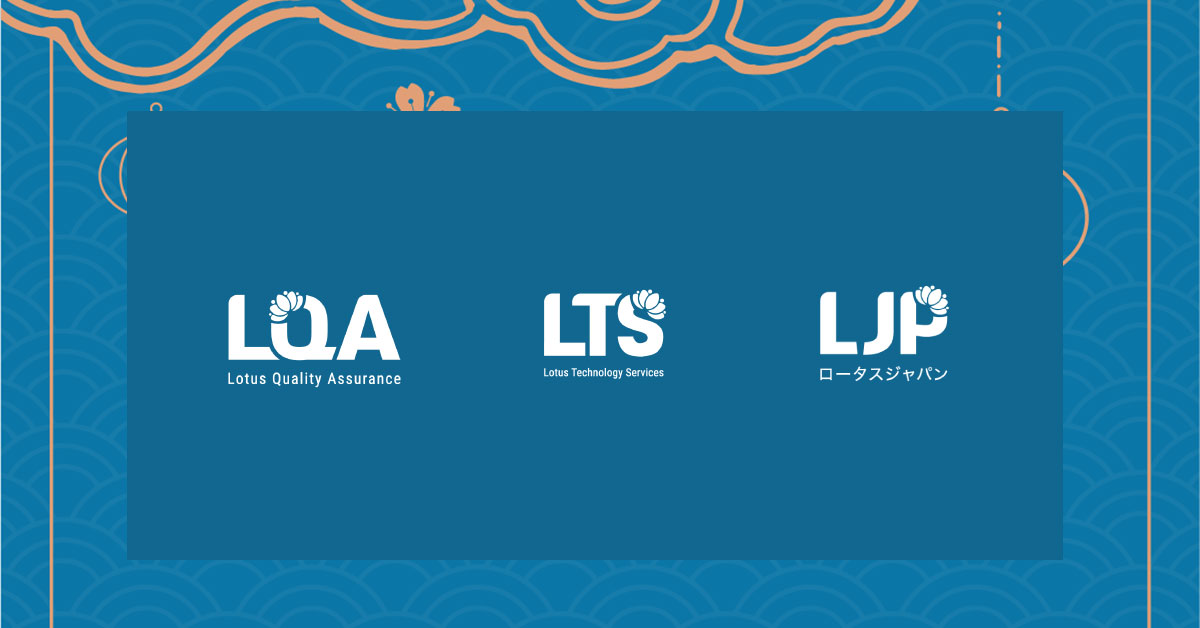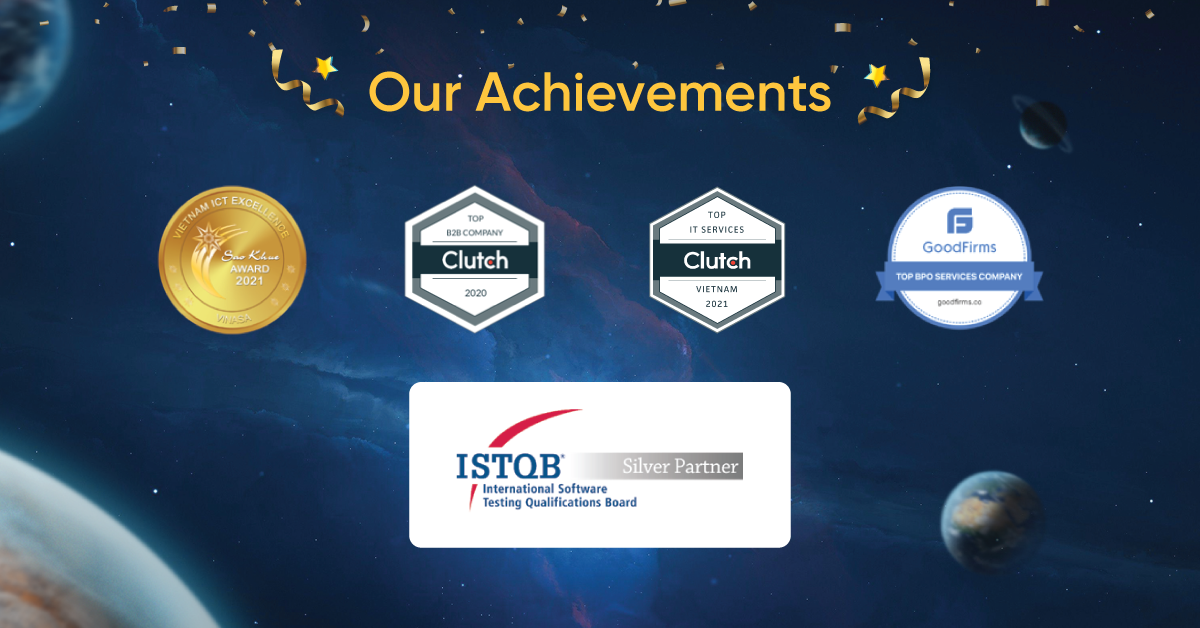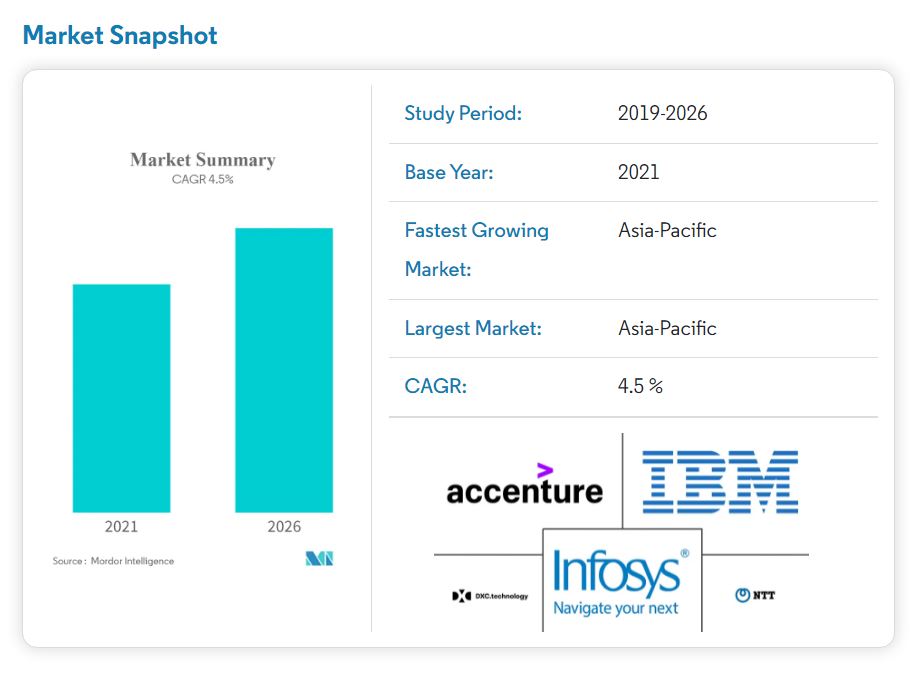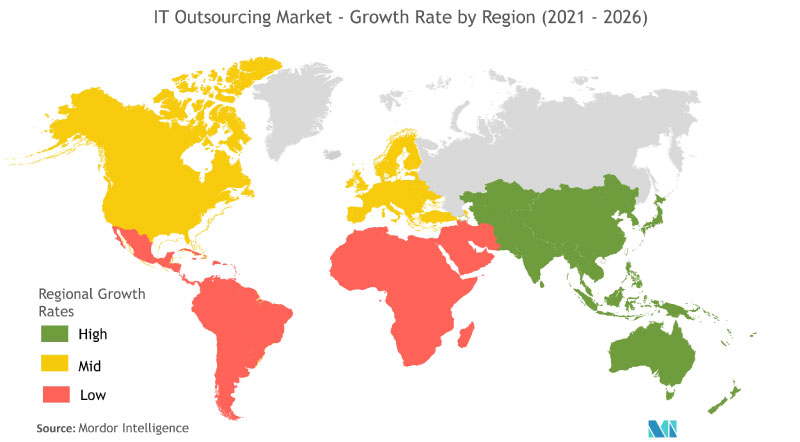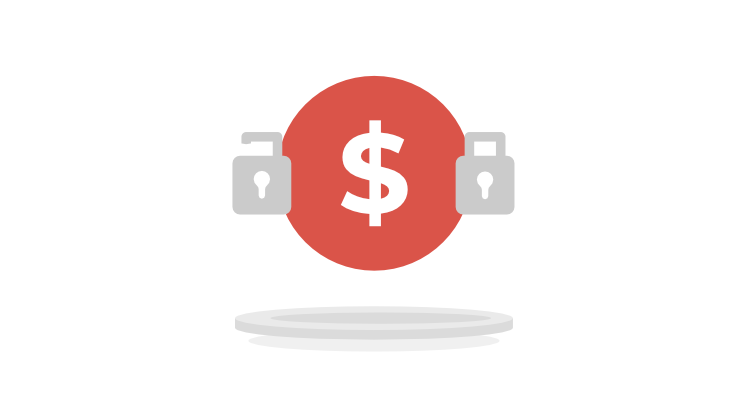How to Ensure Quality in Software Development Outsourcing
The matter of how to ensure quality in software development outsourcing is one of the most important features that project managers need to address. As you work with an external party in software development outsourcing, you lose complete control over your project. In this case, several measures need to be taken into consideration to ensure the quality of the said project.
From a service provider’s perspective, Lotus Group has its own way of ensuring quality, which you might find useful in your project.
1. Have control over our human resources
Software development outsourcing, or IT outsourcing in general, is an emerging service as the world is shifting towards digital transformation. In this new field, the most famous service providers are those from the less-developed countries which have lower labor costs.
However, soon their sources of IT workers become limited, as it is getting harder and harder to hire competent tech staff. To deal with this universal problem, Lotus Group plans to change our stance in the hiring markets. Instead of recruitment only, we want to be more proactive in providing IT talents to our clients. To do this, we have founded Lotus Academy – a training institution specializing in backend and frontend technologies for freshers/newbies in the IT industry.
With the foundation of Lotus Academy, Lotus now can take advantage of the resourceful talent pool, hence providing the most competent and reasonably-priced tech staff.
Technology training is in high demand, and the number of students in Lotus Academy will only rise in the future. And with the high number of students rolling in, Lotus can train them and let them take part in our projects. With careful observation and guidance from our experienced trainers, your project will be well-tended with care.
Besides the source from Lotus Academy, Lotus Group also has our connection with many other universities and colleges in Vietnam. These training institutions have a thorough training course with actual projects for the students to practice, which can be of great benefit for you.
2. Implement manual and automation test early
Technically speaking, the quality of one product/project relies on how you implement the testing process. If you follow the method of waterfall or even V-model, you leave the testing till the last minute, making the time-to-market longer than ever.
Instead of developing and testing at different times, you should combine regular testing and structured QA strategy in your software development life cycle to make sure that everything will be tested and fixed quickly.
In your testing process, manual testing and automation testing should be combined to catch the bugs that thinner testing strategies may have missed.
According to a study by Capers Jones, 85% of the bugs are made during the design and build stages of an SDLC, and some are even there before the first line of code is written.
By implementing manual and automation test early, you can work on how to fix these bugs before they can make their way to your releases, which will in turn ensure software quality and save you a lot of time.
3. Have clear communication methods and channels
The first and most important question that every manager has about remote work communication best practices is about management. Management used to entail task allocation, monitoring, and administration, among other things. Managers can easily track cues to indicate communication issues and get involved in fixing them with a co-located team. A remote team, on the other hand, works off the screen, posing difficulties for managers.
Managers used to have physical and emotional contact with their employees, but now have little to no direct interaction with them. Managers are required to implement some of the tools and approaches to achieve remote work communication best practices from a place of easy-to-manage work platforms such as Skype or Excel spreadsheets.
For seamless communication, you have to set out clear communication methods and channels. How should reports be handled, how often should you call in for a meeting? These are the kinds of questions that you need to answer when you want to tackle the communication aspects of a software outsourcing project.
4. Use agile methodology (incremental and iterative)
Agile methodology has always been praised as one of the most effective software development methods there are in the field. Indeed, in agile project management, everything moves at a high speed, and testing is an integrated part of the project execution phase.
This means that instead of processing the quality of different features separately, agile works with the overall quality of the final product.
In Agile methodology, you will always be involved in the development process and can easily make changes if you wish to. To put in other words, Agile allows a greater level of flexibility which many businesses now want for their projects.
In addition, agile is an iterative process, and the team will inevitably have to learn to grow and improve their work overtime. And this can be of great advantage for you to ensure the highest quality on your project.
All of the above is what Lotus Group is applying to ensure a high-quality project for our clients. Besides all these, we also have other methods for different kinds of service. If you want to hear more about this, contact us:
- Website: https://www.lotus-qa.com/
- Tel: (+84) 24-6660-7474
- Fanpage: https://www.facebook.com/LotusQualityAssurance


